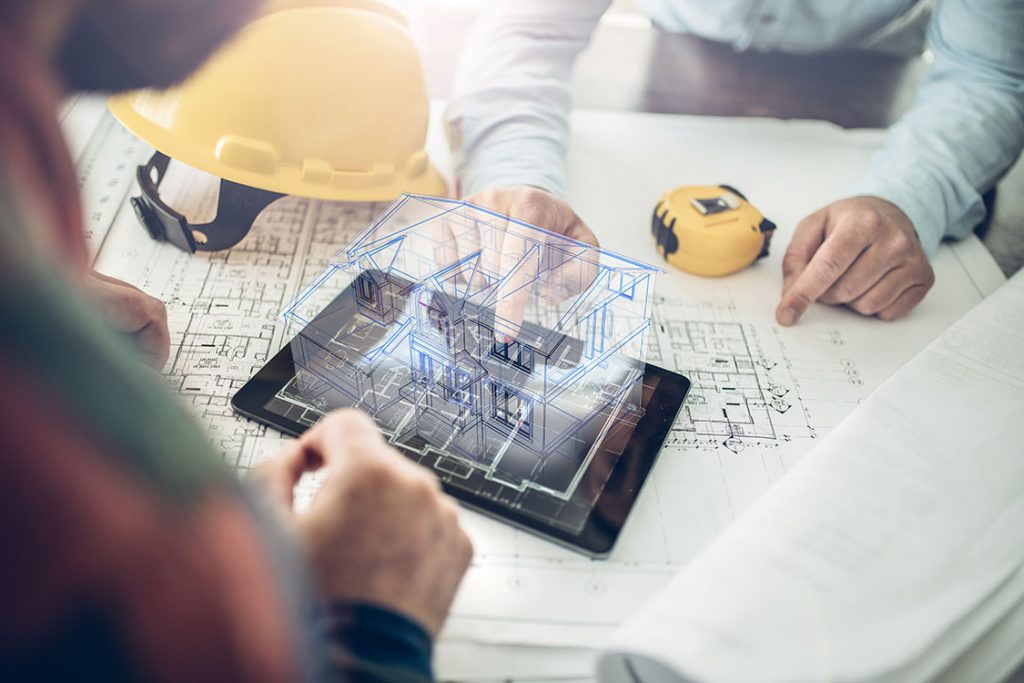Imagine being able to construct a building without ever picking up a hammer. Welcome to the world of digital construction, where technology and innovation are taking the industry to new heights. With the power of 3D modeling, virtual reality, and advanced automation, the way we build and design structures are undergoing a major transformation. From reducing costs and increasing efficiency to improving sustainability and safety, the benefits of digital construction are undeniable. Join us as we delve into this exciting field and discover the possibilities of what the future holds for the construction industry.
Digital construction, also known as Building Information Modeling (BIM), is a process that uses technology to design, plan, and construct buildings and other structures. It involves creating digital models of a building that can be used to plan, design, and construct the building in the real world.
One of the main benefits of digital construction is that it allows for better collaboration between different teams involved in the building process, such as architects, engineers, and construction workers. By using digital models, everyone can work together on the same design, which helps to ensure that the final building meets everyone’s needs and expectations.
Another benefit of digital construction is that it can help to reduce the amount of waste and errors that occur during the construction process. With digital models, it is easy to see potential problems before they occur and to make changes to the design to fix them. This can help to save time and money and to ensure that the final building is of high quality.
Digital construction also allows for better visualization of the building design, giving a better understanding of the building, and allowing better communication between the designer and the client, this can help the client to make better decisions and to better understand the building they are getting.
Digital construction can also be helpful in the operation and maintenance of the building after it is built. With BIM, the building’s structure, systems, equipment, and other components are modeled in 3D, and this information can be used to create a digital twin of the building, which can be used to track, analyze and predict the building’s performance over time.
India has been at the forefront of embracing digital construction advancements in recent years, with a growing number of architects, engineers, and contractors using digital technologies to design, plan, and construct buildings and infrastructure. The use of Building Information Modelling (BIM) has become increasingly popular in India, as it allows for better collaboration, coordination, and cost estimation throughout the construction process. Virtual reality and augmented reality are also being used to enhance communication and visualization during the design phase and enable better stakeholder engagement.
In addition, advancements in automation and robotics are helping to improve safety and efficiency on construction sites. Drones are being used for mapping and surveying, while 3D printing is being explored for the construction of small buildings and components.
The Indian government has also been promoting the adoption of digital construction technology, through initiatives such as the National Building Construction Corporation (NBCC) BIM mandate and the Smart Cities Mission. With continued investment in digital construction technology, India is well positioned to further improve the efficiency and sustainability of its built environment.
Overall, digital construction is a powerful tool that can help to improve the building process, from design to construction, operation, and maintenance. It can help to save time and money and to ensure that the final building is of high quality and meets everyone’s needs and expectations.
